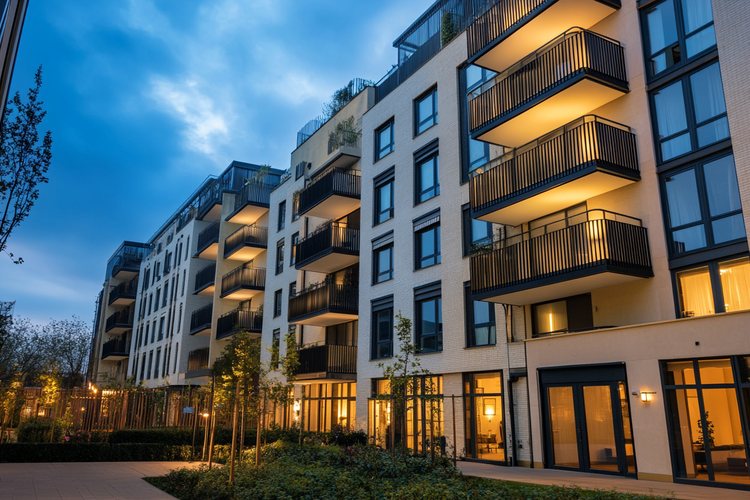Shared Ownership Properties in the UK
Thinking about buying shared ownership? Across the UK, there are a wide range of shared ownership properties, including homes, apartments, and modern developments designed to make homeownership more accessible. Whether you're interested in urban shared ownership apartments or family-friendly housing in suburban areas, there are multiple options available to suit different budgets and lifestyles.

What is shared ownership and how does it work in the UK?
Shared ownership is a scheme that allows buyers to purchase a share of a property (usually between 25% and 75%) and pay rent on the remaining portion. This arrangement makes homeownership more accessible, particularly in areas where property prices are high. As time goes on, owners have the option to increase their share through a process called ‘staircasing’, eventually owning the property outright if they choose.
How is micro living addressing the changing needs of urban housing?
The concept of micro living has gained traction in response to the evolving needs of urban dwellers. These compact, efficiently designed living spaces are particularly appealing in densely populated cities where space is at a premium. Shared ownership schemes often include micro apartments, offering an affordable entry point into desirable urban areas. These properties cater to young professionals and small families who prioritize location over square footage.
What are the economic drivers behind shared ownership’s market potential?
Several economic factors contribute to the growing popularity of shared ownership:
-
Rising property prices outpacing wage growth
-
Stricter mortgage lending criteria
-
High rental costs in urban areas
-
Government initiatives supporting shared ownership schemes
These factors have created a fertile ground for shared ownership to flourish as an alternative path to homeownership. The investment market potential is significant, with developers and housing associations recognizing the demand for these properties.
How are innovative design and sustainability shaping shared communities?
Shared ownership developments are at the forefront of innovative design and sustainability practices. Many of these properties feature:
-
Energy-efficient appliances and building materials
-
Communal green spaces and rooftop gardens
-
Shared amenities like co-working spaces and fitness centers
-
Smart home technology for improved energy management
These features not only reduce the environmental impact but also foster a sense of community among residents, addressing the social aspects of sustainable living.
What regulatory challenges and urban planning impacts affect shared ownership?
The shared ownership model faces several regulatory challenges:
-
Complex legal structures for partial ownership
-
Varying policies across different local authorities
-
Balancing affordable housing requirements with commercial viability
-
Ensuring fair and transparent processes for staircasing and resale
Urban planners must navigate these challenges while also considering the impact on local infrastructure, public services, and community integration. The goal is to create mixed and sustainable communities that benefit both shared owners and the wider neighborhood.
What are the future prospects and development trends for shared ownership?
| Trend | Description | Potential Impact |
|---|---|---|
| Increased Government Support | More funding and policy initiatives | Expansion of shared ownership schemes |
| Technological Integration | Smart home features and digital management platforms | Enhanced living experience and easier property management |
| Flexible Ownership Models | Varied share percentages and customizable options | Greater accessibility for diverse income groups |
| Sustainable Development | Focus on eco-friendly materials and energy efficiency | Reduced carbon footprint and lower running costs |
Prices, rates, or cost estimates mentioned in this article are based on the latest available information but may change over time. Independent research is advised before making financial decisions.
The future of shared ownership in the UK looks promising, with several trends shaping its development:
-
Expansion into new areas, including suburban and rural locations
-
Integration of technology for easier management and communication
-
More flexible ownership models to suit diverse needs
-
Increased focus on building sustainable and resilient communities
As the housing market continues to evolve, shared ownership is likely to play an increasingly important role in addressing the UK’s housing needs. With ongoing innovation in design, finance, and community planning, these properties are set to offer a viable and attractive option for many aspiring homeowners in the years to come.




